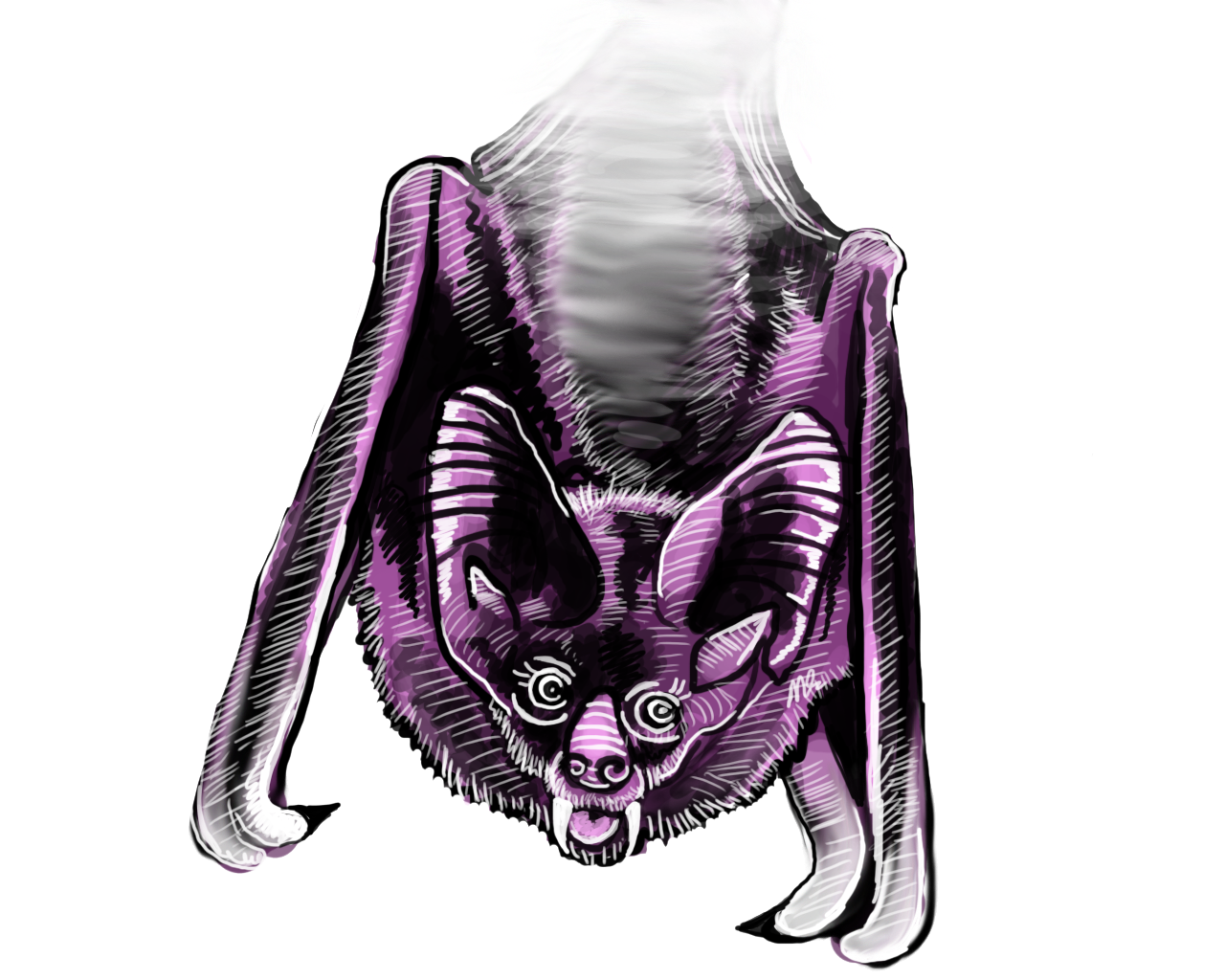
JAMES LILLIN
Staff Writer
Last Saturday, Fredonia’s Science Center was transformed from its average, spacious, sleek-white interior into a jam-packed area with tables, posters, pamphlets, cookies and presentations revolving around bats.
This is Fredonia’s first year hosting Greystone Nature Preserve’s “Bat Lab,” but students are hoping that Fredonia’s hosting stint can be extended into an annual tradition.
“Last year this was held in Stockton,” said senior environmental science major Claudia White, “but we’re thinking we want to try to host it at Fredonia for every year after this.”
Students at Fredonia can attest to the significant bat population in the area, and White feels that the Bat Lab event can find a home at Fredonia because of it.
“Fredonia is a great place for bats to live in because we have such a nice forested area on campus,” said White, “as well as the Fredonia Lodge, where the northern long-eared bat, which is a federally endangered species, has been sighted and recorded.“
Bats may have garnered a reputation as frightening and vampiric, but White argues that they are a vital part of the ecosystem when it comes to pest control.
“A big brown bat eats thousands of mosquitos at night,” said White, “and a single bat can eat a million or more mosquitos a year.”
Bats also play an important part in plant propagation, and, surprisingly, are directly responsible for the existence of many agave products.
“Besides bug control, bats are amazing pollinators,” said White. “They pollinate the agave plant, so without bats we wouldn’t have tequila. Bacardi bottles actually have a bat on them and donate a portion of their sales to bat conservation.”
Unfortunately, North American bat populations are currently facing a crisis in the form of white-nose syndrome. White-nose syndrome is a fungal infection first found in Schoharie County in 2006, and has since spread across New York State.
“White-nose syndrome is a fungus that attacks hibernating bats,” said junior biology major Jennifer Able, “which is mostly what we have around here. Over the summer they build up their food supply so they can hibernate in the winter in the cold. During hibernation time they are very vulnerable and fragile, so when white-nose comes in it usually wakes the bat up during hibernation during which it will usually cause the bat to starve to death. It’s very contagious and is capable of wiping out a whole colony.”
Part of the danger of white-nose is that the surrounding ecology of affected zones often renders it untreatable.
“It’s not a treatable fungus,” said White, “because if you go into a cave and spray a fungicide you’re going to completely destroy the cave’s ecosystem, which is very important.”
White and Able have recently been working to gauge the bat population surrounding the College Lodge, and hope that their information will be of use should white-nose syndrome ever be spotted in Fredonia.
“The goal of the study is to obtain numbers on a survey season over the years,” said Able. “What we really want to see is an increase in bat populations, especially the northern long-eared bat.”
The Fredonia campus is doing its part to help combat waning bat populations with the erection of a new ‘Bat House’ in the forest inside Ring Road, donated by the Greystone Nature Preserve.
“Two-hundred bats can fit in the large bat house we have now,” said White, “and it would help bug control around here. There are a ton of bugs in the fall here, and bats can really help with that.”
White and Able acknowledge that there is a long way to go in combating the widespread fear of bats, but hopes that the Bat Lab will be a step in the right direction.
“I hope that the Bat Lab gives people an opportunity to know more about the wildlife in this area,” said White, “especially bats and how important they are. We also want to start getting people involved in wanting to help bats and starting to dispel some of the myths around a bat.”
“The more people know about bats, the less scary that they seem,” said Able.
